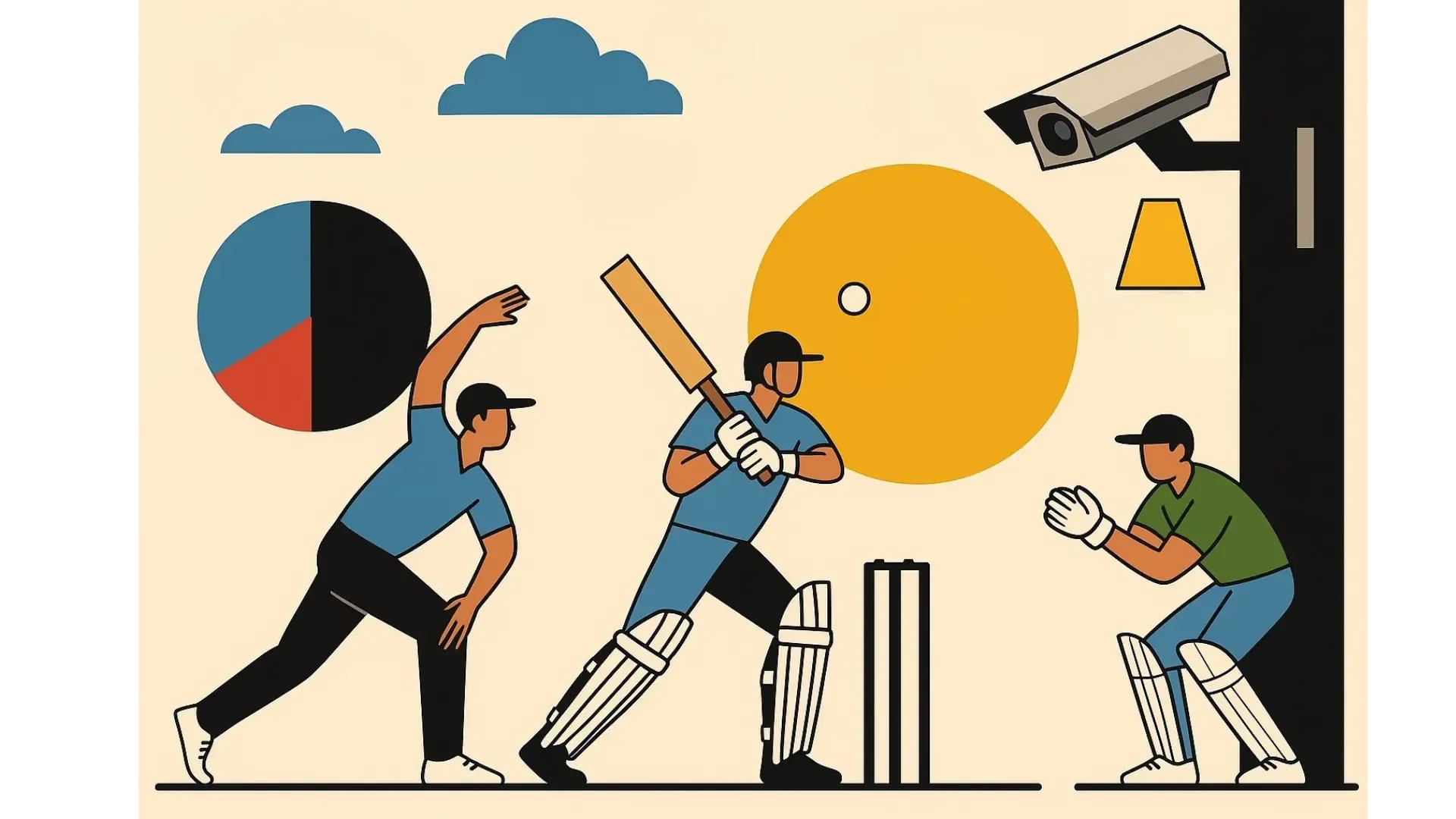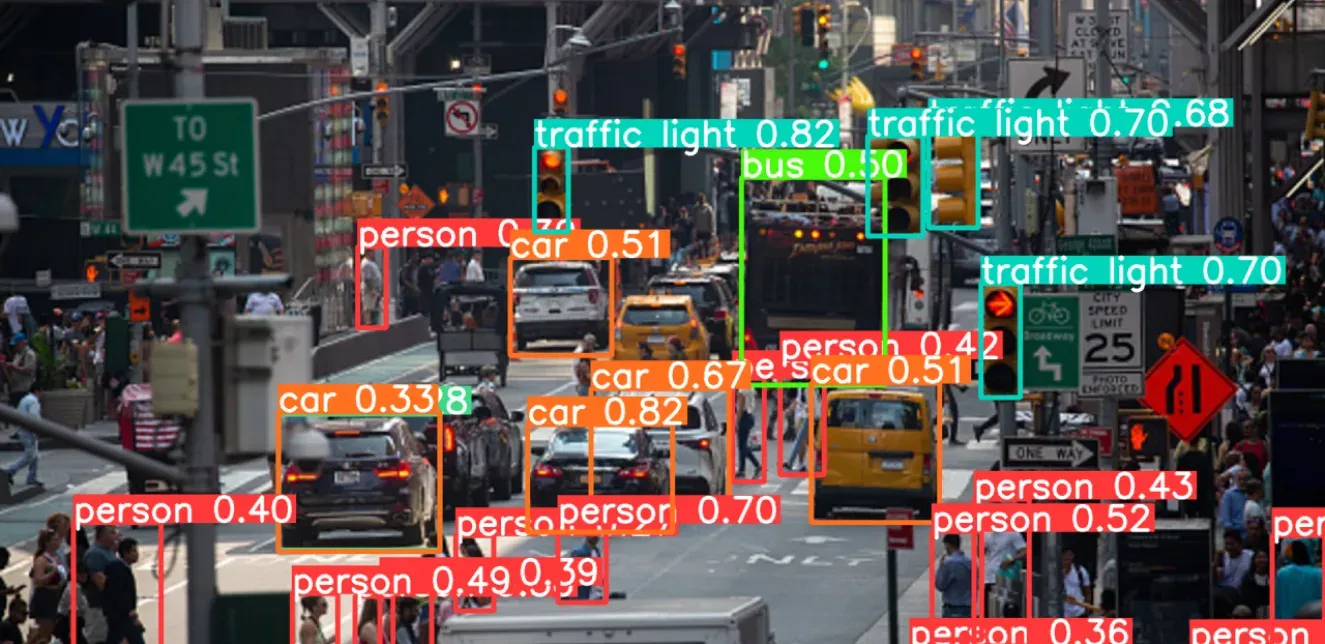The biggest challenge for pharmaceutical inventory management is maintaining high service levels while properly controlling stocks. To tackle issues like product traceability, theft, expiry management, and data accuracy, computer vision technology offer a streamlined approach to modern inventory management.
It is estimated that there is a 20% revenue loss in the pharmaceutical industry during inward inventory and this can pose substantial financial challenges. Manual checks are impractical due to high volume, but computer vision technology, by combining OCR and deep learning, provides a transformative solution. These visual inventory management systems are automating the identification and verification of inventory data, streamlining management processes.
How OCR and Image Segmentation Works
Modern computer vision services have evolved beyond traditional OCR methods. While basic OCR matched pixel groups on product surfaces with predefined models, advanced computer vision and image classification techniques now power these systems. Deep learning methods utilizing convolutional neural networks (R-CNN) are revolutionizing visual recognition capabilities, especially for detecting expiration dates and batch codes across varied printing methods.
Character recognition in visual AI solutions involves multi-stage image processing. The system analyzes different image segments using selective search algorithms, processes them through CNN for feature extraction, and generates fixed-size feature vectors. These vectors feed into classification systems while bounding box refinement enhances coordinate accuracy. This sophisticated visual recognition pipeline ensures precise object detection and classification.
Image segmentation addresses challenges like rotated and tilted text through adaptive threshold prediction for each pixel. This computer vision capability accommodates diverse detection scenarios, making our visual inventory management solutions more robust and reliable.
The Issue of Curved Packaging and Possible Solutions
Visual recognition of texts printed on medicine packages can be complicated for OCR due to the curved package surfaces. The sensor's view can get distorted by changes in surface shape, colour and printing techniques.
To address this, an adaptive filtering and haze removal algorithm is applied, which processes sub-images to reduce noise, smooth background textures, and enhance contrast between text and its surroundings. The process involves inverting the image, applying dehazing techniques, and then reinverting it to improve visibility. Image noise is further reduced, object edges are detected, and the two sub-images with the highest intensity are merged. Text characters in the resulting edge image are binarized, while morphological opening removes any unwanted foreground elements from the binary image. Ultimately, the haze removal algorithm significantly improves binarization accuracy, leading to sharper text segmentation and making OCR far more effective.
What If the Boxes are Upside Down?
For a medicine box that is rotated, the SIFT and SURF algorithms are used to recognize box labels effectively. These computer vision algorithms use special filters and integral images to quickly identify key points in images such as corners or unique patterns. It divides the picture into layers, focusing more on center parts and less on outer edges, mirroring how people’s eyes naturally see things. Hence, these features are effective in enabling computers to read patterns on packages presented at different angles.
Orchestrating OCR and Object Recognition Together
YOLOv8, an anchor-free model with advanced image classification systems, enhances the efficiency of object detection and speeds up processes. Post- object detection, Tesseract OCR extracts and recognizes characters. YOLOv8 exhibits promising performance in pharmaceutical class detection, with improving metrics like precision and recall. Its ongoing improvements focus on accurately recognizing medications with variations, ensuring reliable identification, particularly for different dosages.
The good old Easy OCR simplifies text extraction from images using pre-trained models. This visual recognition framework supports multiple languages, ensuring accurate image recognition and easy integration into diverse applications. It effortlessly extracts text from images and videos, parsing crucial information from textual data. The code specifies input directory paths, OCR language preferences, iterates through grayscale images, extracts text, formats data, and saves outputs to CSV files. It provides a streamlined approach for extracting and processing text data from video frames.
OCR-based text extraction effectively parses essential data from medicine strips, extracting attributes like batch numbers, MRPs, MFDs, and expiry dates. YOLO efficiently identifies and creates precise bounding boxes around medicines. The image recognition capabilities of EasyOCR have demonstrated remarkable adaptability, recognizing and extracting text from pharmaceutical labels across multiple languages, significantly expanding its application for global market products.
The implementation of visual inventory management systems in pharmaceutical operations addresses multiple operational challenges including stock control, product traceability, theft prevention, expiry management, and data accuracy. Our comprehensive AI services, integrating advanced computer vision technologies like OCR, YOLO, SIFT, and SURF, enhance efficiency in image classification and image recognition tasks - from medication identification to date extraction and batch code verification across various angles. These computer vision AI solutions minimize revenue leakages during inward inventory and ensure robust financial sustainability and operational security.
As the pharmaceutical sector navigates through rapid technological evolution, Random Walk AI leads the industry forward with innovative computer vision solutions and AI services. Our expertise in computer vision and visual recognition technologies enables us to deliver comprehensive AI services for monitoring, optimizing, and implementing intelligent visual inventory management systems. We ensure operations not only perform optimally but can adapt to evolving requirements, fundamentally reshaping pharmaceutical inventory management.
To know more about computer vision technology and how it can resolve your inventory management struggles, visit our Random Walk website and get a one-on-one consultation with our AI experts.






